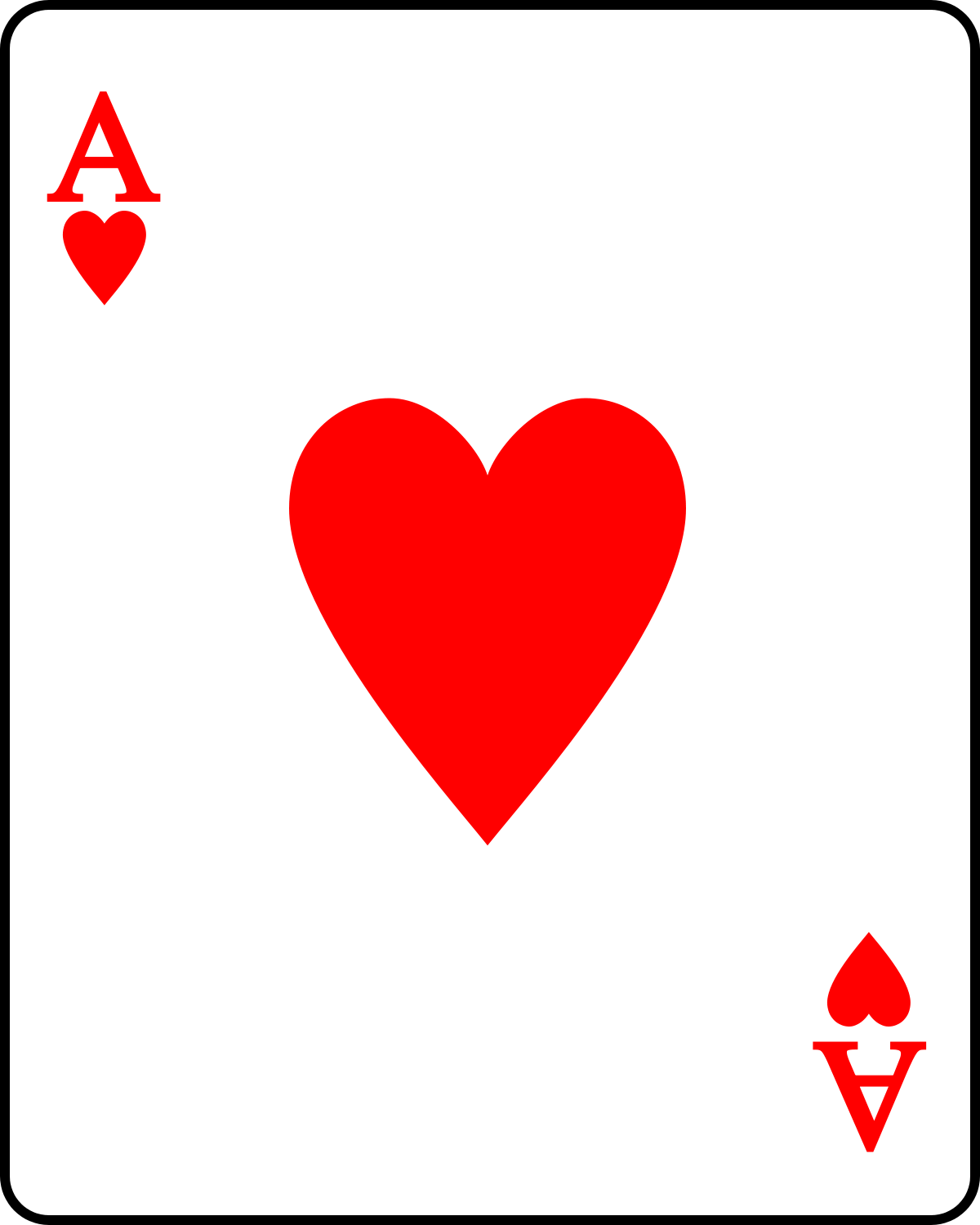
Ed Thorp used Baldwin's hand calculations to verify the basic strategy and later published (in 1963) Beat the Dealer. This paper became the foundation of future efforts to beat blackjack. In September 1956, Roger Baldwin, Wilbert Cantey, Herbert Maisel, and James McDermott published a paper titled The Optimum Strategy in Blackjack in the Journal of the American Statistical Association., the first mathematically sound optimal blackjack strategy. He could not find any historical evidence for a special bonus for having the combination of an ace with a black jack. Since 'blackjack' also refers to the mineral zincblende, which was often associated with gold or silver deposits, he suggests that the mineral name was transferred by prospectors to the top bonus hand.

This hand was called a "blackjack", and the name stuck even after the ten-to-one bonus was withdrawn.įrench card historian Thierry Depaulis debunks this story, showing that prospectors during the Klondike Gold Rush (1896–99) gave the name blackjack to the game of American Vingt-Un, the bonus being the usual ace and any 10-point card. One such bonus was a ten-to-one payout if the player's hand consisted of the ace of spades and a black jack (either the jack of clubs or the jack of spades). Īccording to popular myth, when Vingt-Un ("Twenty-One") was introduced into the United States (in the early 1800s, during the First World War, or in the 1930s, depending on the source), gambling houses offered bonus payouts to stimulate players' interest.

English Vingt-Un later developed into an American variant in its own right which was renamed blackjack around 1899. The first American rules were an 1825 reprint of the 1800 English rules. Twenty-One, still known then as Vingt-Un, appeared in the United States in the early 1800s. The first record of the game in France occurs in 1888 and in Britain during the 1770s and 1780s, but the first rules appeared in Britain in 1800 under the name of Vingt-Un. Later references to this game are found in France and Spain. "Rinconete y Cortadillo" was written between 16, implying that ventiuna was played in Castile since the beginning of the 17th century or earlier. The game is played with the Spanish baraja deck. They are proficient at cheating at veintiuna (Spanish for "twenty-one") and state that the object of the game is to reach 21 points without going over and that the ace values 1 or 11. Cervantes was a gambler, and the protagonists of his " Rinconete y Cortadillo", from Novelas Ejemplares, are card cheats in Seville. The first written reference is found in a book by the Spanish author Miguel de Cervantes. The game is a comparing card game where each player competes against the dealer.īlackjack's immediate precursor was the English version of twenty-one called Vingt-Un, a game of unknown (but likely Spanish) provenance. Blackjack players do not compete against each other. This family of card games also includes the European games Vingt-et-Un and Pontoon, and the Russian game Ochko. It uses decks of 52 cards and descends from a global family of casino banking games known as Twenty-One. : 342 It is the most widely played casino banking game in the world.


Pontoon, Twenty-One, Siebzehn und Vier, Vingt-et-Unīlackjack (formerly Black Jack and Vingt-Un) is a casino banking game. A Blackjack example, consisting of an Ace and a 10-valued card


 0 kommentar(er)
0 kommentar(er)
